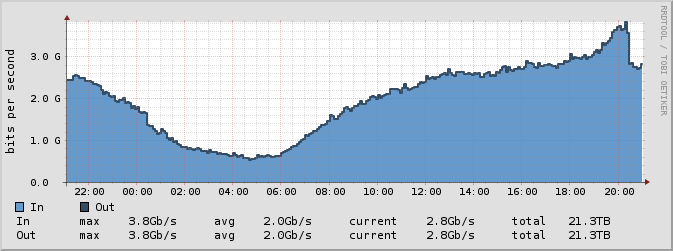Nice for if you need some form of automated report in zenoss, here’s a code snippet to print out a list of devices per class, formatted in markdown markup
typehash = {}
for d in dmd.Devices.getSubDevices():
if typehash.has_key(d.getDeviceClassPath()) == False:
typehash[d.getDeviceClassPath()] = []
typehash[d.getDeviceClassPath()].append(d.viewName())
for key in typehash:
print """### %s\n""" % (key)
for item in typehash[key]:
print "* %s\n" % (item)
print ""
Run it in the zenoss console, or anything with a dmd connection. Tested on 2.5.x, but should be trivial to port forward if it breaks.
(PS: I could probably fix up that last bit to do something with .iteritems() instead…)

